Market Share
Autoclave Indicator Tape Market Share Analysis
The Autoclave Indicator Tape Market is a sub-segment of the medical equipment industry that employs several strategies for its share positioning. This is achieved by the manufacture of autoclave indicator tapes used in sterilization processes to ensure that medical instruments and devices are not contaminated with microorganisms harmful to health. An example of such a strategy would be innovation or differentiation in products manufactured; an organization may aim to introduce new brand indicator tapes with better properties like adhesiveness or responsiveness to temperature changes than the previous type. Creating standout items based on the quality drive as well as other variable parameters makes firms able to pick out themselves from the competition while targeting clinics that need trusted disinfectants. This way, businesses might achieve a unique position within the global marketplace for sterilizing agents. Such an approach helps companies create unique markets and make them more stable by offering customers a value that cannot be found elsewhere. Market positioning, in addition to product innovation, also depends on pricing strategies. Some companies choose a cost leadership strategy, which involves selling autoclave indicator tapes at reasonable prices without necessarily undermining their quality. Such a policy targets buyers who are price-sensitive and healthcare institutions that focus on cost reduction. Conversely, other firms may use premium pricing tactics to emphasize quality, reliability, or additional features. Furthermore, market positioning within the Autoclave Indicator Tape Market is significantly supported by strategic alliances and cooperation with other companies. Alliances between corporations and hospitals, labs, or distributors tend to increase their product lines across different markets while improving their market visibility. Such entanglements facilitate the integration of indicator tapes into healthcare facilities' supply chains so as to ensure widespread adoption of the technology. Consequently, joint activities allow companies to benefit from each other's knowledge base and reputation, thus building trust among end users. Another major strategy is geographical diversification for market expansion purposes. The aim is to exploit untapped regions and take advantage of emerging markets characterized by increasing healthcare infrastructure worldwide. By recognizing specific requirements and regulations in various countries, organizations can develop domestic marketing plans aimed at satisfying local needs through distribution systems that favor such unique demands appropriately. For instance, excellent customer service delivery coupled with after-sales support are some of the ways that can lead to improved market share for certain organizations. As a result, there will be strong customer relations, which build brand loyalty; hence, positive word-of-mouth within the health community influences purchases made therein. Companies focusing on satisfying customers experience repeat business and referrals like this, solidifying their hold in the Autoclave Indicator Tape Market.

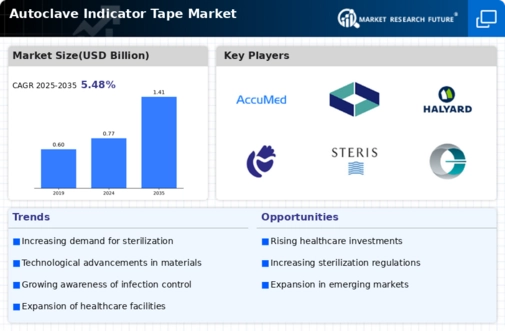
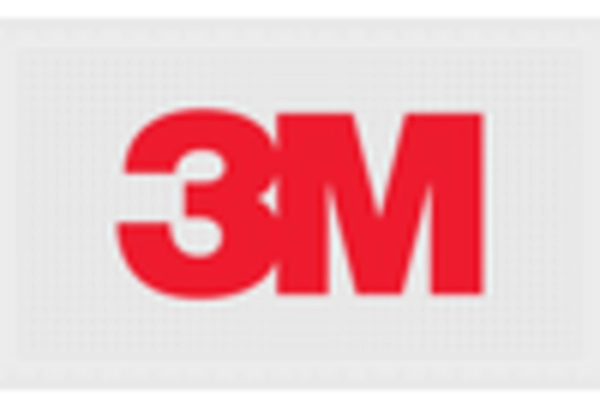
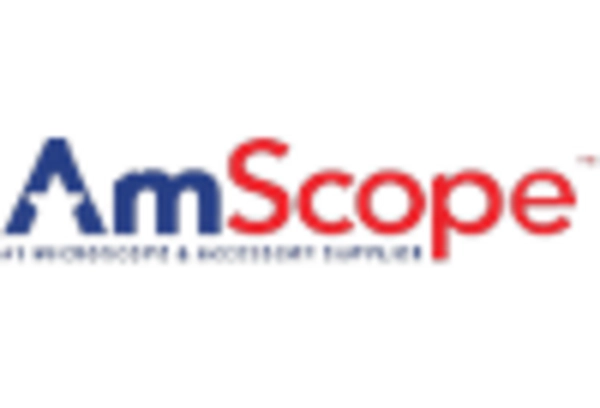
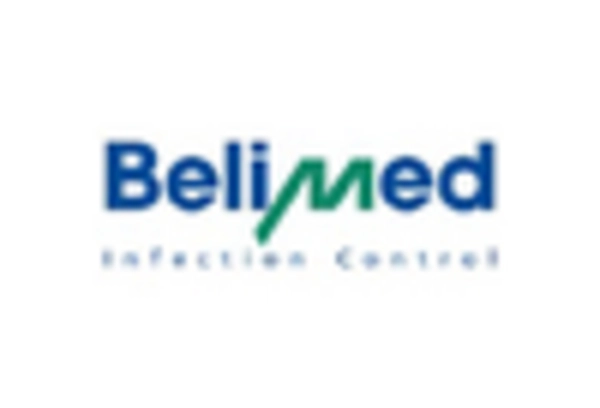


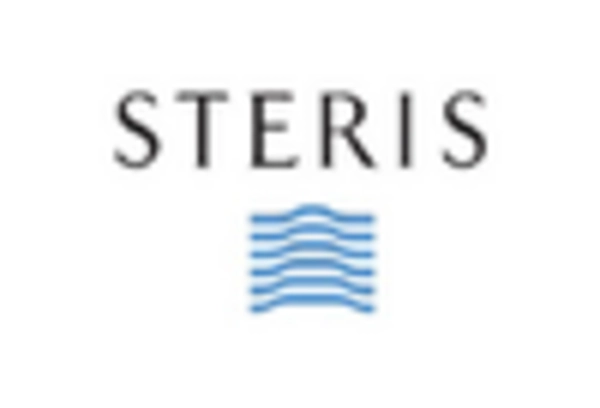









Leave a Comment